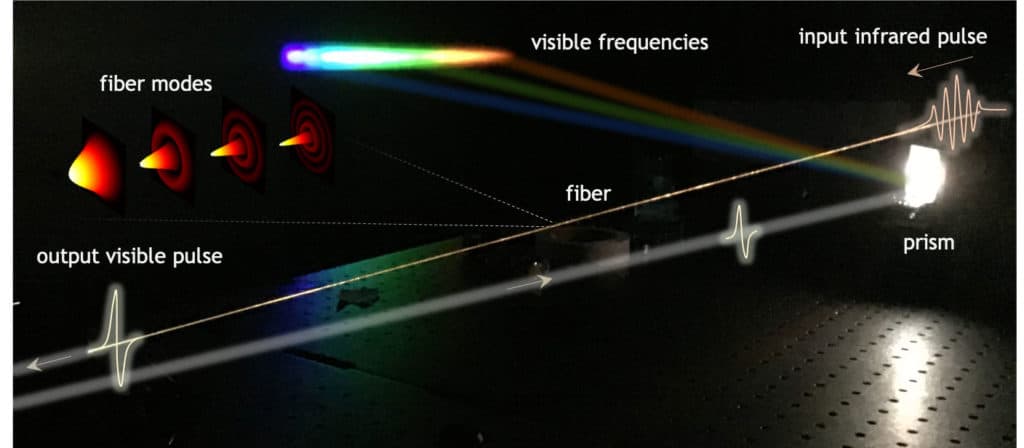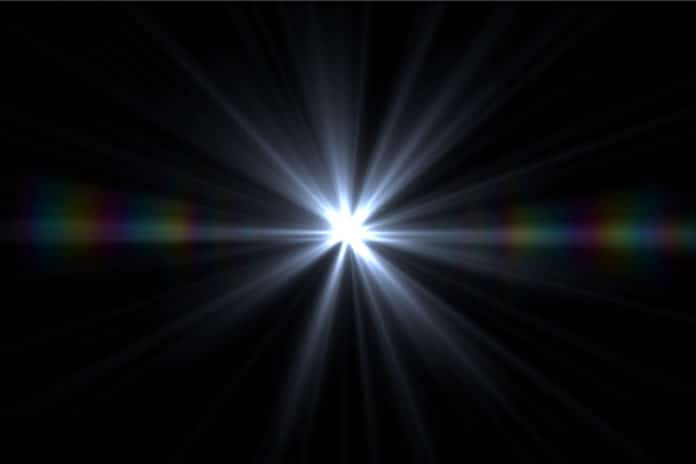Scientists at Institut national de la recherche Scientifique (INRS) have generated visible light without using any complicated system. They achieved their goal by using an industrial-grade laser system available for most laboratories.
Visible light is the most intense light. It consists of extremely short, high-energy pulses essential in modern ultrafast science, like the light of a laser that is intense for a short amount of time.
Generating coherent visible light is quite difficult. Using a commercially available ytterbium laser, scientists could generate 4.6 femtoseconds (fs), 20 microjoules (mJ) pulses centered at around 600 nm, 40 times shorter than the input 175 fs, 1 mJ pulses at 1,035 nm.

Scientists propagated an infrared laser pulse in a hollow-core fiber filled with argon gas to generate this visible light. A nonlinear effect generated short pulses of visible light with high intensity.
Professor Luca Razzari of the Institut national de la recherche Scientifique (INRS) said, “We observe a mixing of the different ‘modes,’ i.e., the spatial shapes the light beam takes as it propagates through the fiber, that creates this effect. It occurs only with intense light.”
“This innovative approach, for the first time, does not rely on complex and expensive optical architectures to generate such ultrashort visible light pulses. As a result, it could be made widely available to explore a vast variety of phenomena in physics, chemistry, as well as biology, such as photosynthesis or even human vision.”
Postdoctoral researcher Riccardo Piccoli, the first author of the paper, said, “With our pulses, we can study the dynamics of such processes and how they evolve on extremely short timescales.”
The research was done in collaboration with Professors Roberto Morandotti and François Légaré at INRS for the experimental part of the work, as well as with a team of international researchers from the French National Centre for Scientific Research (CNRS) (France), Louisiana State University (United States) and Heriot-Watt University (United Kingdom), for the theoretical modeling of the observed phenomenon.
Journal Reference:
- R. Piccoli et al., Intense few-cycle visible pulses directly generated via nonlinear fibre mode mixing, Nature Photonics (2021). DOI: 10.1038/s41566-021-00888-7
